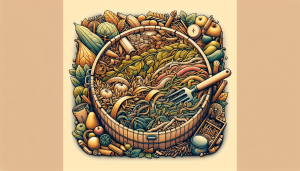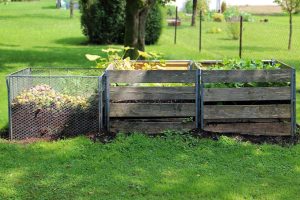Hey everyone! Let’s dive into the world of composting and uncover whether paper and cardboard can be part of our eco-friendly journey. In our latest article, “Can I Compost Paper And Cardboard?,” we break down the facts, explore the types of paper and cardboard that are compostable, and share tips on how to prepare these materials for the compost pile. Join us as we make our compost bins a little greener and more sustainable! Have you ever wondered, “Can I compost paper and cardboard?” As we become more eco-conscious, understanding what we can and can’t compost becomes increasingly important. Let’s dive into the nitty-gritty of composting paper and cardboard to make our compost efforts successful and environmentally friendly.
Understanding Composting: A Quick Refresher
Before we delve into paper and cardboard, let’s quickly recap what composting is all about. Composting turns organic waste into nutrient-rich soil that helps plants grow. It’s a natural process where microorganisms break down organic materials into humus—a dark, crumbly soil-like substance.
The Basics: What Can Be Composted?
Compostable items generally fall into two categories: browns and greens.
Browns (Carbon-Rich Materials)
These materials provide carbon necessary for microbial activity in your compost. Examples include:
- Dry leaves
- Straw
- Wood chips
- Paper
- Cardboard
Greens (Nitrogen-Rich Materials)
These materials provide nitrogen to complement the carbon in your browns:
- Fruit and vegetable scraps
- Grass clippings
- Coffee grounds
- Eggshells
Knowing this balance is key to successful composting because it helps the compost pile decompose efficiently without generating unpleasant odors.
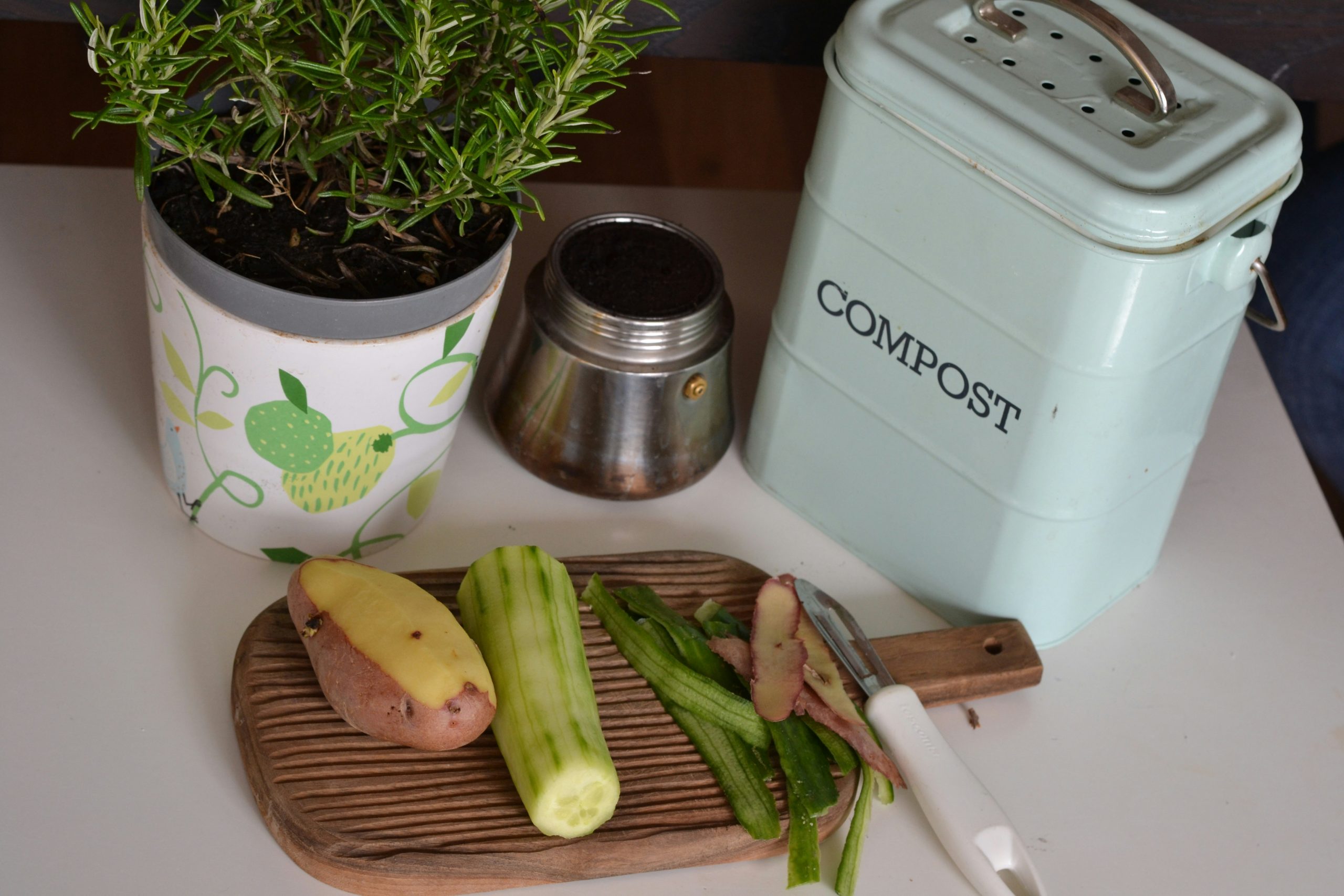
Can I Compost Paper and Cardboard?
Contrary to what some might think, yes, we can compost paper and cardboard! However, not all types of paper and cardboard are created equal. Specific guidelines must be followed to ensure these materials break down effectively and do not harm our compost pile.
Types of Compostable Paper and Cardboard
Here’s a quick table to help us understand which types of paper and cardboard are compostable and which are not:
| Compostable Paper and Cardboard | Non-Compostable Paper and Cardboard |
|---|---|
| Uncoated paper (newspaper, notebook paper) | Glossy paper (magazines, photos) |
| Brown paper bags | Laminated paper |
| Corrugated cardboard | Wax-coated cardboard (e.g., some juice cartons) |
| Paper egg cartons | Parchment paper (depending on coating) |
| Non-shiny wrapping paper | Paper with toxic inks or heavy dyes |
Understanding the difference can help us make more informed decisions while composting.
Preparing Paper and Cardboard for Composting
Not all paper and cardboard can go directly into our compost pile. Proper preparation ensures they break down faster and contribute positively to our compost.
Shredding
Shredding paper and cardboard into smaller pieces speeds up the decomposition process by increasing the surface area for microorganisms to work on. Plus, shredded materials are easier to mix into the pile, enhancing aeration and helping moisture distribute evenly.
Removing Staples and Adhesives
It’s essential to remove any non-organic materials like staples, plastic windows from envelopes, and adhesives before adding paper to the compost. These materials do not decompose and may contaminate our compost.
Moistening
Dry paper and cardboard can absorb moisture from the compost pile, making it too dry. Lightly moisten them before adding them to maintain the right moisture balance. However, ensure they’re not soaking wet; damp is perfect.
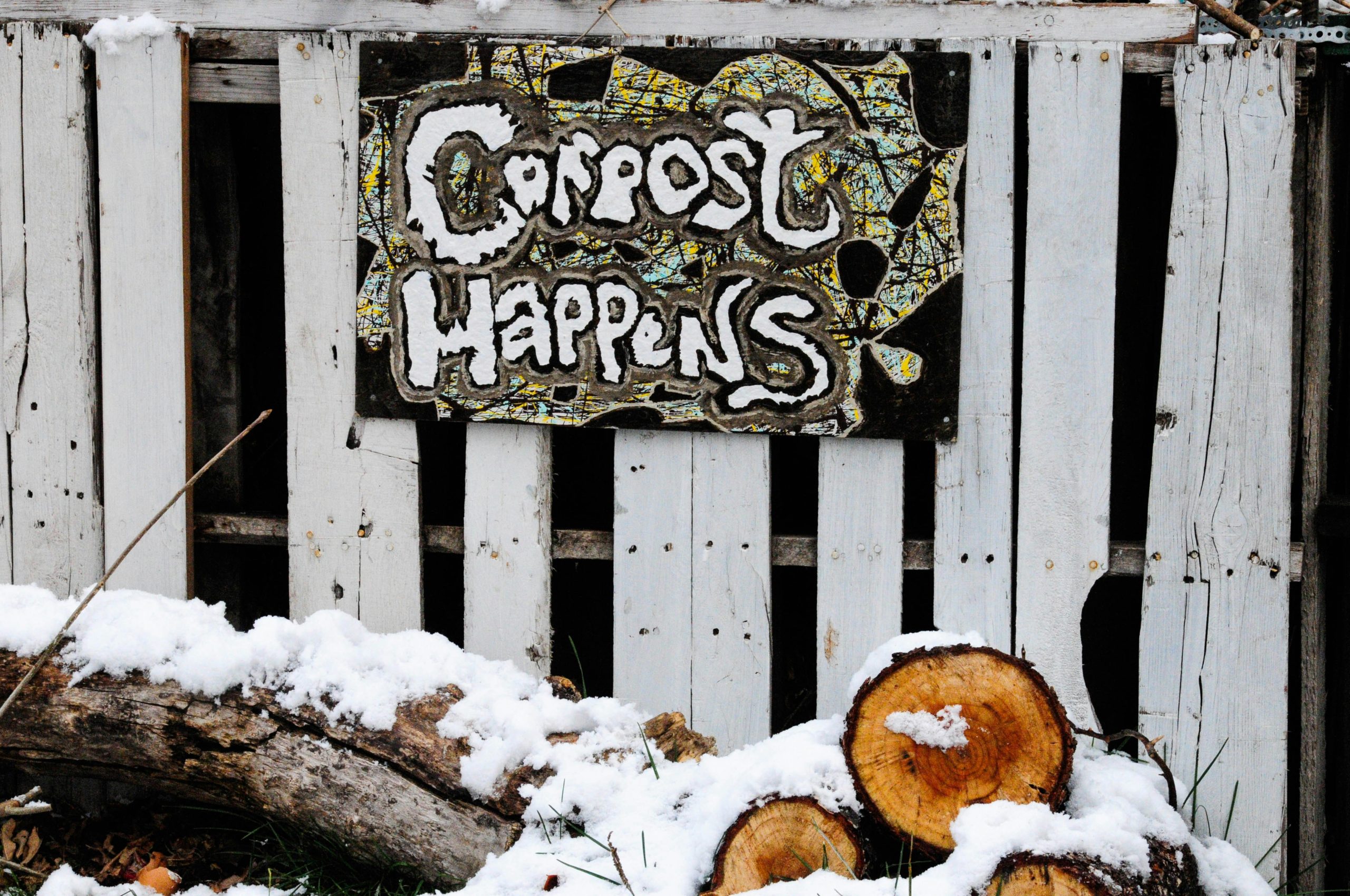
Balancing Browns and Greens
Composting is all about balance. A good mix of browns and greens ensures that our compost pile decomposes efficiently.
Optimal Ratio
The ideal carbon-to-nitrogen (C:N) ratio for composting is around 30:1. Paper and cardboard, being carbon-rich, should be balanced with nitrogen-rich materials like kitchen scraps and grass clippings.
Layering Technique
Creating layers of browns and greens can help achieve a balanced compost pile. Start with a layer of browns, such as shredded cardboard, followed by a layer of greens, and so on. This layering method helps maintain proper aeration and moisture levels.
Troubleshooting Common Issues
Even with the best efforts, we might encounter some problems while composting paper and cardboard. Let’s address some common issues and their solutions.
Slow Decomposition
If our paper and cardboard aren’t breaking down as fast as we’d like, it might be due to:
- Large pieces: Ensure paper and cardboard are shredded into smaller bits.
- Dryness: Moisten the materials before adding them to the pile.
- Lack of greens: Add more nitrogen-rich materials to balance the carbon.
Odors
Unpleasant odors can sometimes emanate from the compost pile, which can be due to:
- Imbalance of browns and greens: Ensure a proper mix to prevent anaerobic conditions.
- Lack of aeration: Turn the compost pile regularly to introduce oxygen.
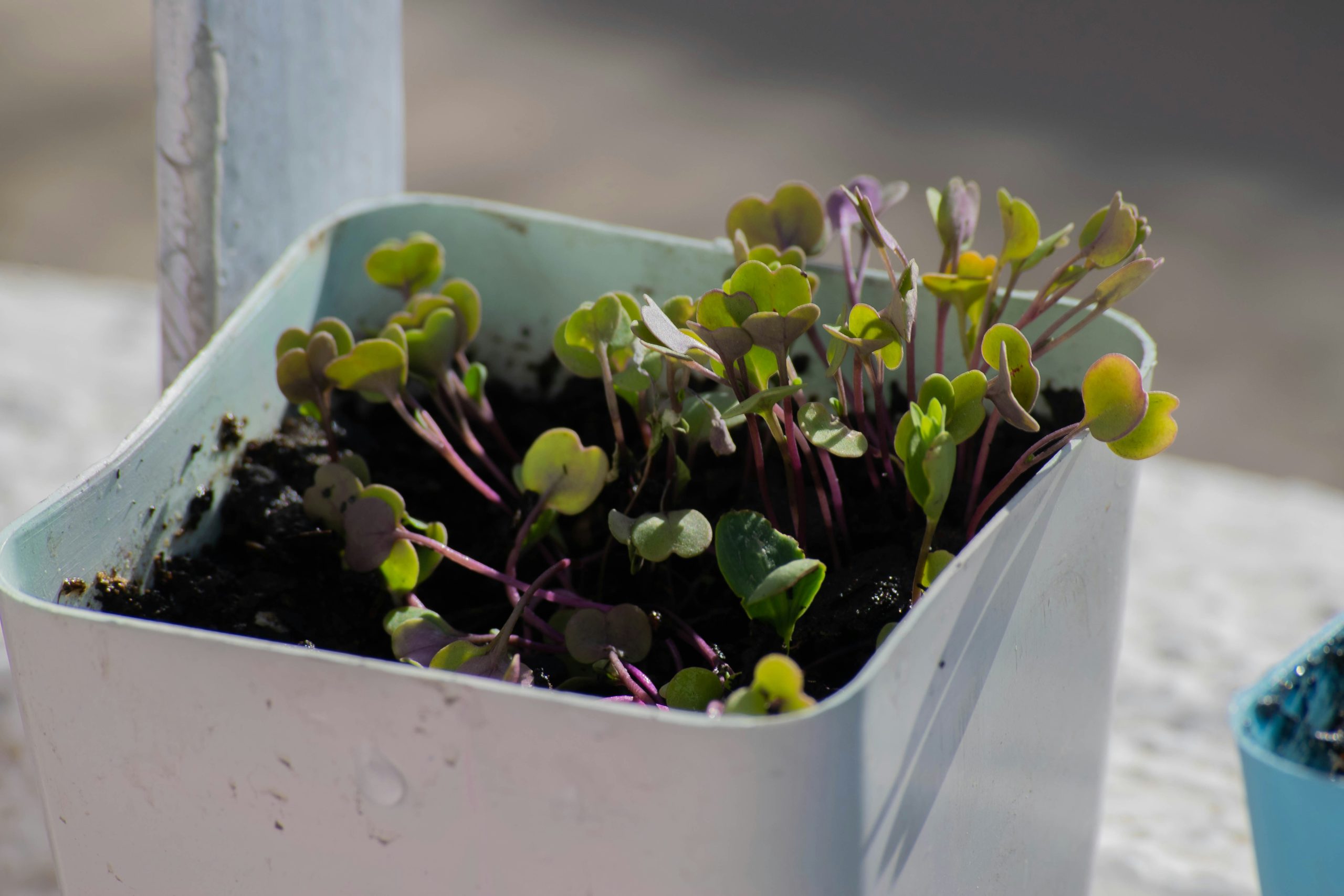
Benefits of Composting Paper and Cardboard
Now that we know how to compost paper and cardboard, let’s explore the benefits of doing so.
Reduces Landfill Waste
By composting paper and cardboard, we’re significantly reducing the amount of waste that ends up in landfills. Paper products make up a substantial portion of landfill waste, and composting them helps mitigate this issue.
Enhances Soil Fertility
Composted paper and cardboard contribute to the nutrient content of the soil. The carbon they provide is crucial for soil structure, helping it retain moisture and improve aeration.
Eco-Friendly Solution
Composting paper and cardboard is an eco-friendly alternative to recycling, which often requires energy-intensive processes. Composting is natural and sustainable, benefiting both the environment and our gardens.
Advanced Techniques
For those of us looking to take our composting to the next level, there are a few advanced techniques we can explore.
Vermicomposting
Vermicomposting involves using worms to break down organic material. Paper and cardboard can be excellent bedding for worms, providing a carbon-rich environment that supports their activity. Just ensure the paper is free of toxins and inks.
Bokashi Composting
Bokashi composting is an anaerobic process that uses microorganisms to ferment organic waste. While not as common, we can compost paper in Bokashi bins, provided it’s free of harmful chemicals.
Mulching
We can also use shredded paper and cardboard as mulch instead of adding them to our compost pile. This can help retain soil moisture and suppress weeds, offering another sustainable use for these materials.

Avoiding Common Pitfalls
To make our composting journey smoother, let’s look at some common pitfalls and how to avoid them.
Overloading with Paper
While paper and cardboard are compostable, too much can throw off the balance of our compost pile. Remember, moderation is key. Balance them with greens to ensure proper decomposition.
Ignoring Toxic Inks and Coatings
Not all inks and coatings are safe for composting. Avoid glossy, colored, or coated papers as they may contain harmful chemicals that can contaminate our compost and, subsequently, our soil.
Neglecting Aeration
Paper and cardboard can compact and limit airflow if not properly mixed. Regularly turning the pile helps maintain aeration, ensuring microorganisms can do their job effectively.
FAQs About Composting Paper and Cardboard
Let’s address some frequently asked questions to clear up any lingering doubts.
Can I Compost Glossy Magazines?
No, glossy magazines contain inks and coatings that do not break down well and could release harmful chemicals into our compost.
Are Paper Towels and Napkins Compostable?
Yes, paper towels and napkins are compostable, provided they are not heavily soiled with non-organic materials or chemicals.
How Long Does It Take for Paper to Decompose?
Shredded paper typically decomposes within a few months, especially if balanced with nitrogen-rich materials and kept moist.
Can I Compost Pizza Boxes?
Yes, but ensure any food residue is removed. Tear them into smaller pieces to speed up decomposition.
Is Colored Paper Safe for Composting?
It depends. Some colored papers may contain heavy dyes or inks. When in doubt, it’s best to play it safe and avoid adding them to our compost pile.
What About Cardboard with Tape or Glue?
Remove any tape or glue before composting cardboard. These materials do not break down and can contaminate our compost.
Conclusion: Embracing Sustainability
Composting paper and cardboard is a fantastic way to reduce waste, enrich our soil, and embrace sustainable living. While there are some guidelines to follow, the benefits far outweigh the effort. By composting these materials, we contribute to a healthier planet and create richer, more fertile soil for our gardens. So, let’s start shredding those papers and breaking down those boxes—our compost heap will thank us!
In conclusion, the question “Can I compost paper and cardboard?” is met with a resounding yes. With proper preparation and a balanced compost pile, these everyday materials can be transformed into something incredibly beneficial for our gardens and the environment. So let’s take this knowledge and put it to good use, enriching our lives and our soil in the process. Happy composting!

